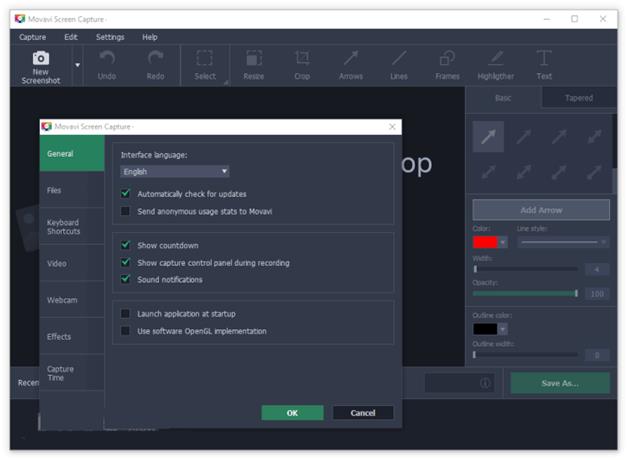


- #PIXELLATE IMAGE REGION IN CAMTASIA FOR MAC HOW TO#
- #PIXELLATE IMAGE REGION IN CAMTASIA FOR MAC CODE#
Writing Simple Kernel RoutinesĪ kernel routine that operates on the color of a source pixel at location ( x, y) to produce a pixel at the same location in the destination image is fairly straightforward to write. Make sure you are familiar with the constraints discussed in Kernel Routine Rules.
#PIXELLATE IMAGE REGION IN CAMTASIA FOR MAC CODE#
Then you’ll need to bundle all the code by following the instructions in Preparing an Image Unit for Distribution.īefore continuing in this chapter, see Core Image Kernel Language Reference for a description of the language you use to write kernel routines. You also need to write code that provides input data to the kernel routine and performs a number of other tasks as described in Writing the Objective-C Portion.
#PIXELLATE IMAGE REGION IN CAMTASIA FOR MAC HOW TO#
As the chapter progresses, you’ll learn how to write more complex kernel routines, including those used for a multipass filter.Īlthough the kernel routine is where the per-pixel processing occurs, it is only one part of an image unit. Then you’ll learn how to write a simple filter that operates on one input pixel to produce one output pixel. First you’ll see what the programming constraints, or rules, are. This chapter shows how to write a variety of kernel routines. Blend mode, compositing, and transition filters work this way. The Core Image stylize filters-height field from mask, shaded material, and the disintegrate with mask transition-are examples of filters that use this technique.Ĭombine the pixels from two images to produce the output pixel. Produce the output pixel by using data from a mask, texture, or other source to modify one or more pixels in a source image. Distortion effects, such as bump, pinch, and hole distortions are created this way. Use location information from one or more pixels in a source image to produce the output pixel. Stylize filters such as edge detection, pixellate, pointillize, gloom, and bloom use this technique. Sample several pixels from a source image to produce the output pixel. A kernel routine can adjust hue, exposure, white point values, replace colors, and so on. Modify a single pixel from a source image. It can generate patterns, such as stripes, a checkerboard, a starburst, or color bars. For example, a routine can produce random pixel values, generate a solid color, or produce a gradient. However, the kernel routines in this chapter produce only pixel data because that’s the most common data returned by a kernel routine.įabricate the data. Although this four-element vector typically contains pixel data, the vector is not required to represent a pixel. The routine must return a vec4 data type. A kernel routine gets called once for each pixel for the destination image. A kernel file contains one or more kernel routines and any required subroutines. The heart of any image processing filter is the kernel file.


 0 kommentar(er)
0 kommentar(er)
